Selecting the right battery for your forklift is critical for warehouse efficiency, operational safety, and long-term cost savings. The ideal battery ensures your forklifts run longer, charge efficiently, and require minimal maintenance. This guide will provide a step-by-step approach to help you choose the best forklift battery.
1. Understand Forklift Battery Types
Electric forklifts typically use two main battery types: lead-acid and lithium-ion.
● Lead-acid batteries are reliable, affordable, and widely used. They require regular watering and routine maintenance. They are best suited for single-shift operations or facilities with a limited budget.
● Lithium-ion batteries are maintenance-free, highly efficient, and offer faster charging. They are ideal for multi-shift or 24/7 operations, provide longer lifespan, and can reduce total operational costs despite a higher upfront investment.
Consider these factors when choosing between lithium and lead-acid:
● Forklift model and manufacturer recommendations
● Daily operating hours and shift patterns
● Available charging infrastructure
● Total cost of ownership
2. Calculate the Right Battery Capacity
Battery capacity determines how long your forklift can run before needing a recharge. Choosing the right capacity prevents frequent downtime or wasting money on an oversized battery.
How to estimate the right capacity:
1. Check your forklift’s typical current use — this is usually listed in amps (A).
2. Multiply by how many hours your forklift runs each day.
3. Add a safety margin of 10–20% to handle heavier loads or extra work.
Example: If your forklift usually draws 100A and works about 6 hours a day, you multiply 100 × 6 = 600Ah. Adding a 20% safety margin gives 600 × 1.2 = 720Ah.
Choosing the right battery size ensures your forklift runs reliably throughout the day and helps the battery last longer.
3. Evaluate Charging Options and Efficiency
The way you charge your forklift batteries has a direct impact on both workflow efficiency and battery lifespan. Choosing the right charging method and setting up proper infrastructure can save time, reduce downtime, and extend battery life.
Fast charging vs. standard charging
● Lithium batteries can handle fast charging without damaging the cells, allowing your forklifts to get back to work quickly.
● Lead-acid batteries require slower, controlled charging to prevent overcharging and damage. Charging too fast can shorten battery life.
Opportunity charging
● Some lithium batteries support opportunity charging, meaning they can be partially charged during short breaks without harming the battery.
● This allows forklifts to stay in operation longer and improves overall productivity, especially in multi-shift warehouses.
Charging infrastructure
● Ensure your warehouse is equipped with the correct chargers for your battery type.
● Provide adequate ventilation to prevent overheating, especially for lead-acid batteries.
● Make sure there is enough space for safe battery handling to reduce the risk of accidents.
By carefully evaluating your charging options and maintaining proper infrastructure, you can maximize forklift uptime, improve efficiency, and extend the lifespan of your batteries.
4. Prioritize Safety Features
Safety is a top priority when using forklift batteries, as improper handling can damage equipment and put operators at risk. Choosing batteries with the right built-in safety features helps prevent accidents and ensures reliable performance.
Key safety features
● Overcharge and over-discharge protection to prevent battery damage and extend lifespan.
● Temperature and voltage monitoring to detect abnormal conditions early.
● Built-in battery management system (BMS) for lithium batteries, which monitors each cell and balances the charge.
● Proper ventilation for lead-acid batteries to prevent heat buildup and release of gases.
Best practices
● Inspect batteries regularly for corrosion, leaks, or physical damage.
● Follow manufacturer guidelines for charging, storage, and handling.
● Schedule preventive maintenance to avoid overheating, short circuits, or other potential hazards.
By prioritizing safety and following proper handling procedures, you not only protect operators but also maximize the efficiency and lifespan of your forklift batteries.
5. Consider Total Cost of Ownership
When choosing a forklift battery, it’s important to look beyond the upfront purchase price and consider the total cost of ownership over the battery’s lifespan. This approach helps you make a more cost-effective decision in the long run.
Factors to consider include:
● Energy efficiency and electricity consumption: More efficient batteries reduce electricity costs and help your warehouse operate sustainably.
● Maintenance frequency and costs: Batteries that require less maintenance save labor and reduce downtime.
● Battery lifespan and replacement intervals: A longer-lasting battery may cost more initially but can save money by delaying replacements.
● Impact on productivity: Reliable batteries minimize downtime, keeping forklifts running smoothly and maximizing operational efficiency.
For example, lithium batteries typically have higher upfront costs than lead-acid batteries, but their lower maintenance requirements and higher energy efficiency often make them more cost-effective over time. Evaluating these factors ensures you choose a battery that provides the best balance between performance, cost, and reliability.
6. Work with a Reliable Battery Supplier
Choosing the right forklift battery is only part of the equation. Working with a trusted battery supplier ensures you get the guidance and support needed to maximize performance and minimize costs.
A reliable supplier can provide:
● Expert guidance on selecting the right battery for your specific forklift models and operational needs.
● Technical support for installation, daily operation, and maintenance, helping prevent mistakes that could reduce battery life.
● High-quality products with warranty coverage, giving you peace of mind and protection against defects.
● Solutions to optimize battery life and reduce overall operational costs, such as maintenance tips, charging strategies, and battery management recommendations.
Partnering with a reputable supplier not only ensures access to quality batteries but also helps your warehouse maintain consistent productivity and cost efficiency.
Conclusion
Choosing the best battery for your forklift is about balancing battery type, capacity, charging efficiency, safety features, and total cost of ownership. A well-chosen battery ensures your forklifts operate reliably, reduces downtime, and improves overall warehouse productivity.
Ready to upgrade your forklift performance? Explore our forklift battery products designed for maximum efficiency, reliability, and long-term value.












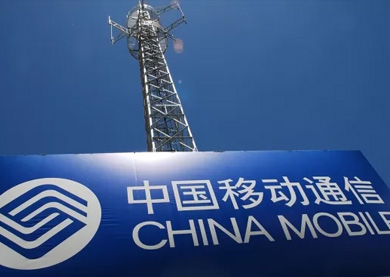





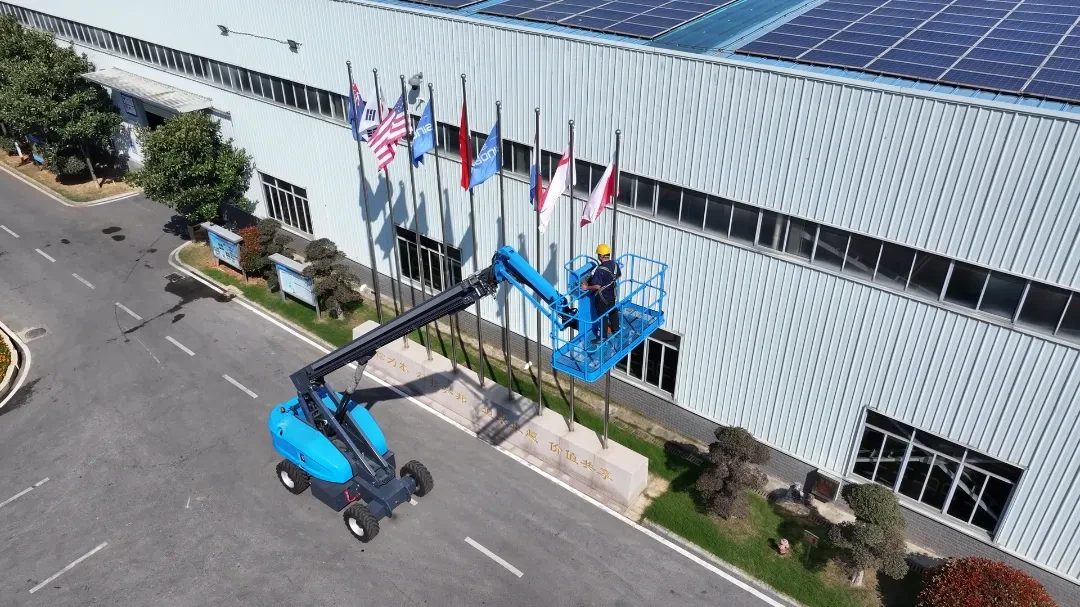
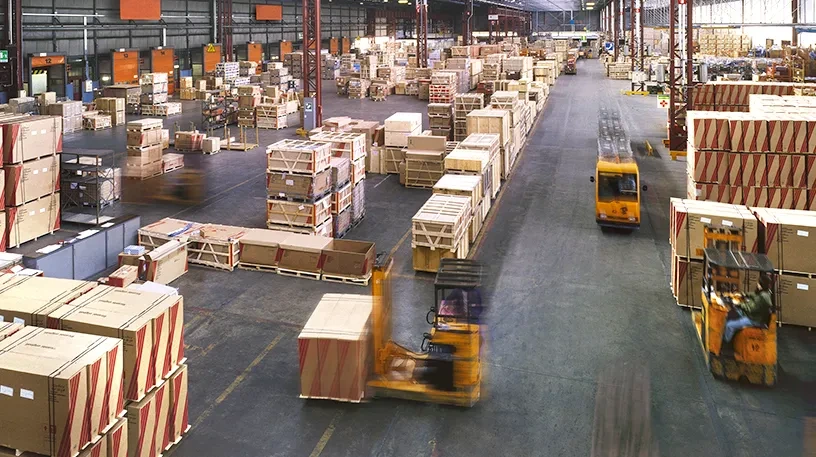



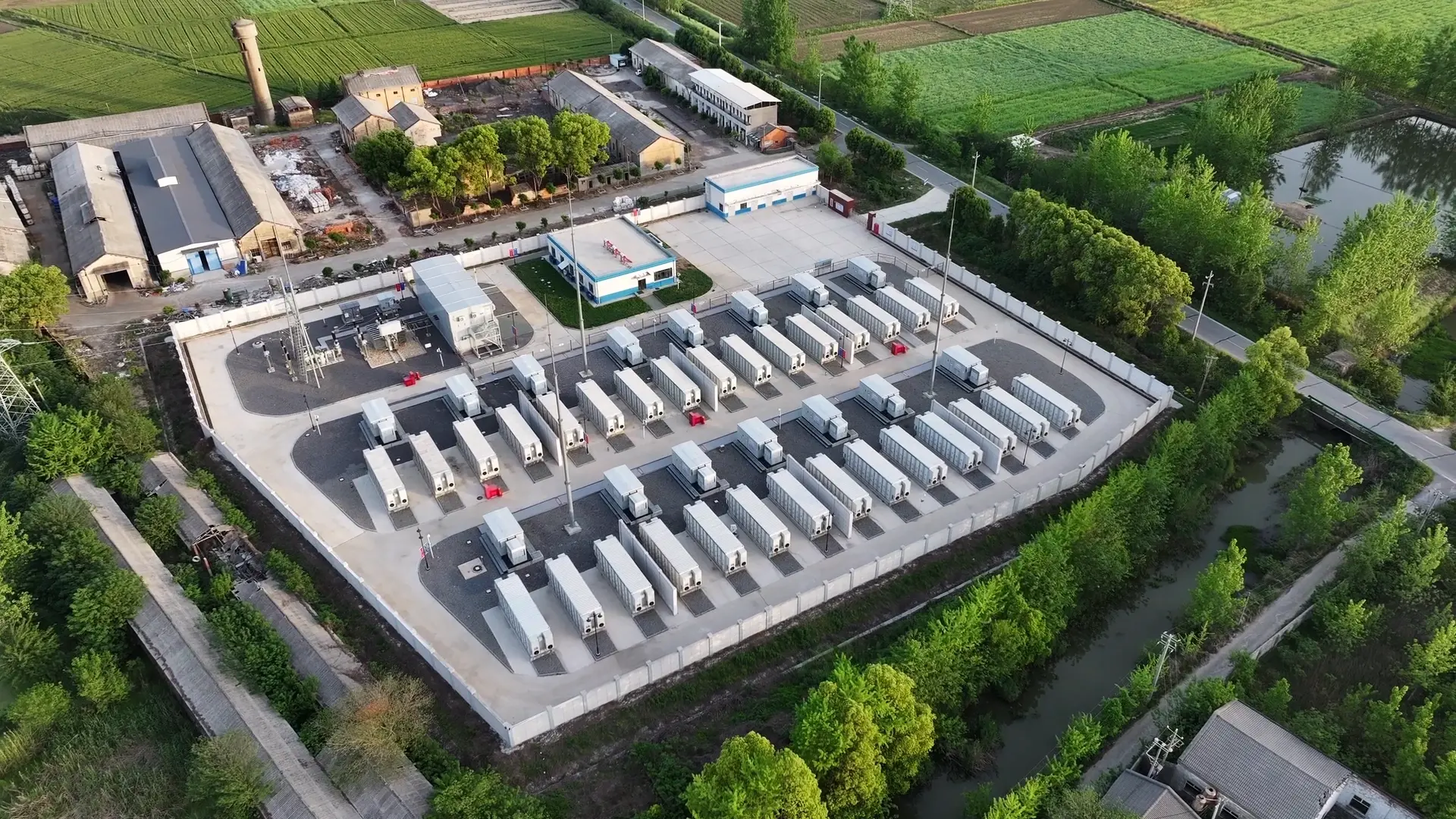
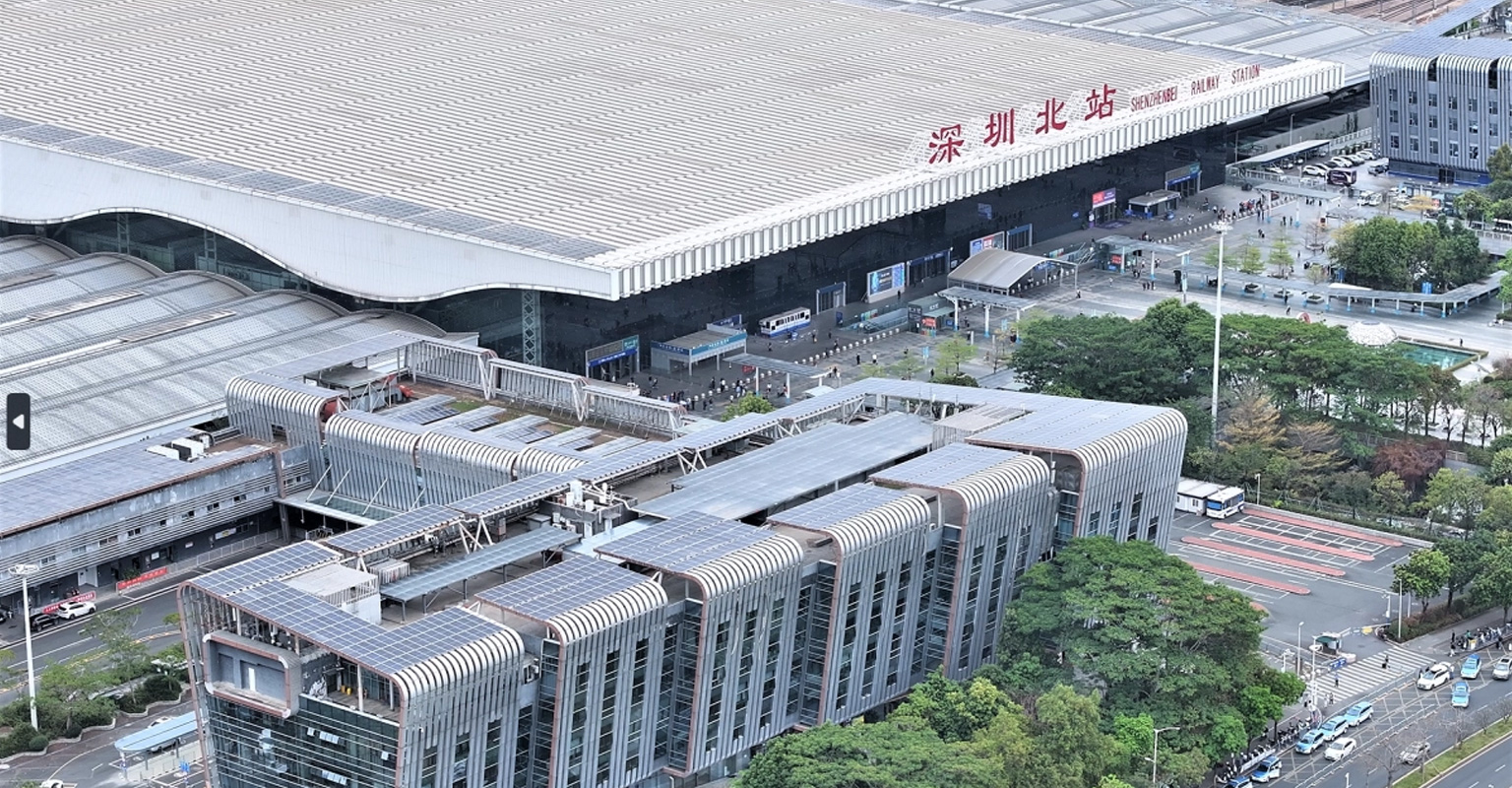



 2025-10-13
2025-10-13 Name
Name Tel
Tel Email
Email Country
Country Company
Company Information
Information